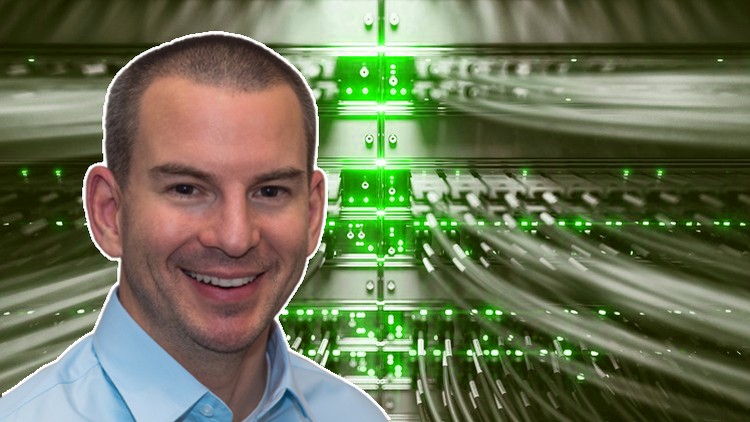Cisco CCNA 200-301 – The Complete Guide to Getting Certified
The top rated CCNA course online with comprehensive videos, lab exercises, study notes, Anki flashcards and active Q&A
4.76 (75658 reviews)

270,561
students
42.5 hours
content
Apr 2025
last update
$129.99
regular price
What you will learn
Get what you need to pass the up-to-date Cisco CCNA 200-301 v1.1 exam
Gain hands-on Cisco CCNA configuration and troubleshooting experience through practice labs
Explore how routing and switching technologies work in real world environments
Develop skills to work on enterprise production networks
Screenshots




Related Topics
1203374
udemy ID
5/4/2017
course created date
9/20/2019
course indexed date
Bot
course submited by